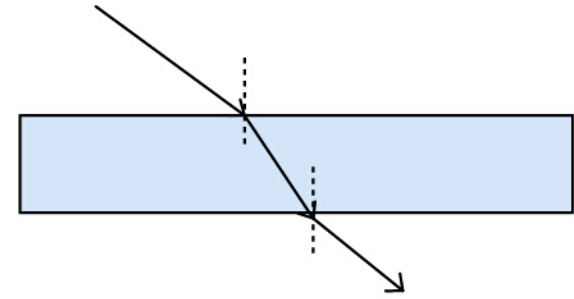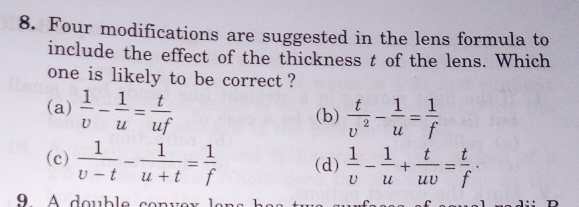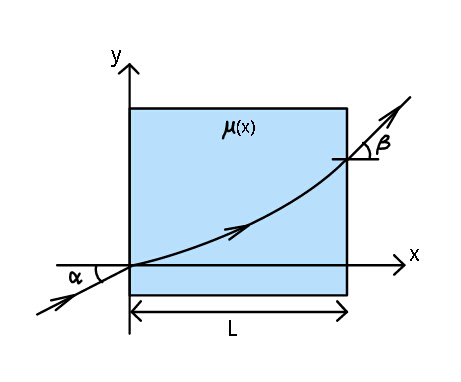
OpticsQuestion and Answers: Page 1
Question Number 207005 Answers: 0 Comments: 0

Question Number 181256 Answers: 0 Comments: 7
Question Number 181172 Answers: 0 Comments: 2
Question Number 181171 Answers: 0 Comments: 1
Question Number 176966 Answers: 1 Comments: 1

Question Number 174095 Answers: 0 Comments: 0
Question Number 170721 Answers: 0 Comments: 1
Question Number 170720 Answers: 0 Comments: 0
Question Number 165617 Answers: 1 Comments: 0
Question Number 164821 Answers: 0 Comments: 9
Question Number 139060 Answers: 0 Comments: 8

Question Number 137547 Answers: 0 Comments: 1

Question Number 129103 Answers: 1 Comments: 0
Question Number 84667 Answers: 0 Comments: 1

Question Number 69851 Answers: 0 Comments: 0
Question Number 60597 Answers: 0 Comments: 3

Question Number 54357 Answers: 2 Comments: 1

Question Number 52593 Answers: 1 Comments: 1

Question Number 50453 Answers: 0 Comments: 3

Question Number 47912 Answers: 0 Comments: 0

Question Number 45610 Answers: 0 Comments: 1

Question Number 44676 Answers: 1 Comments: 6

Question Number 43596 Answers: 0 Comments: 0

Question Number 43571 Answers: 1 Comments: 0

Question Number 42475 Answers: 0 Comments: 1
Question Number 42025 Answers: 0 Comments: 2
